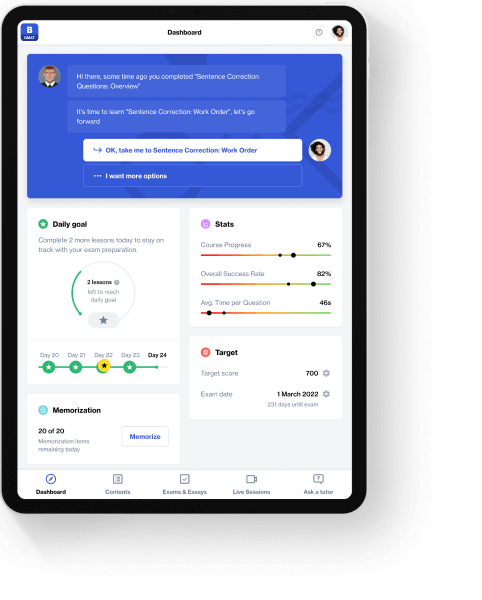Critical Reasoning: Boldface Type Questions
Citizens in Country X are frequently complaining that lines in government offices are much longer now than they were 15 years ago. No real measure of the length of the lines in government offices in Country X 15 years ago or today exists, but the citizens' complaints are almost certainly exaggerated, if not altogether unwarranted. The number of government officials in Country X has quadrupled over the past 15 years whereas the number of citizens has only doubled.
In the argument given, the two portions in boldface play which of the following roles?
Incorrect.
[[snippet]]The first portion in boldface is not a conclusion, but a premise since it reports something that happened - the citizens complained. It can be argued that it relates the citizens judgement and therefore conclusion, but at any rate that is not the argument's conclusion, as the author advocates the opposite position.
If you still had doubts, you could have eliminated this answer choice based on the second boldface part, which is the author's conclusion, not a premise or evidence.
Incorrect.
[[snippet]]While this answer choice defines the first boldface part correctly, it defines the second incorrectly. The second portion in boldface is not a premise as it contains no evidence.
A premise is a fact, something that is 100% certain or accepted as such. The words almost certainly tell us that the statement is more like a personal judgment that the author has made. Therefore, it's the argument's conclusion.
Great work!
[[snippet]]This answer choice correctly identifies both sentences. The first boldface portion just tells us about the position of the citizens. The second boldface portion is the opposite position (conclusion) of the author.
